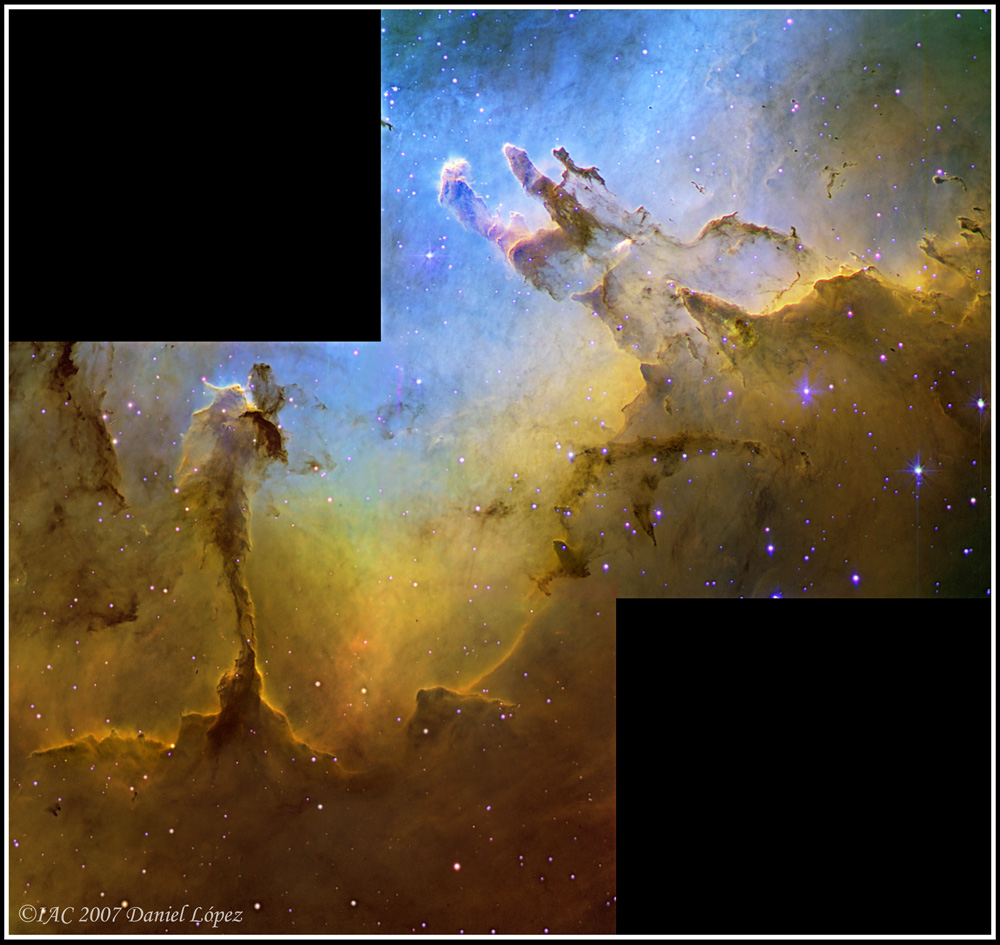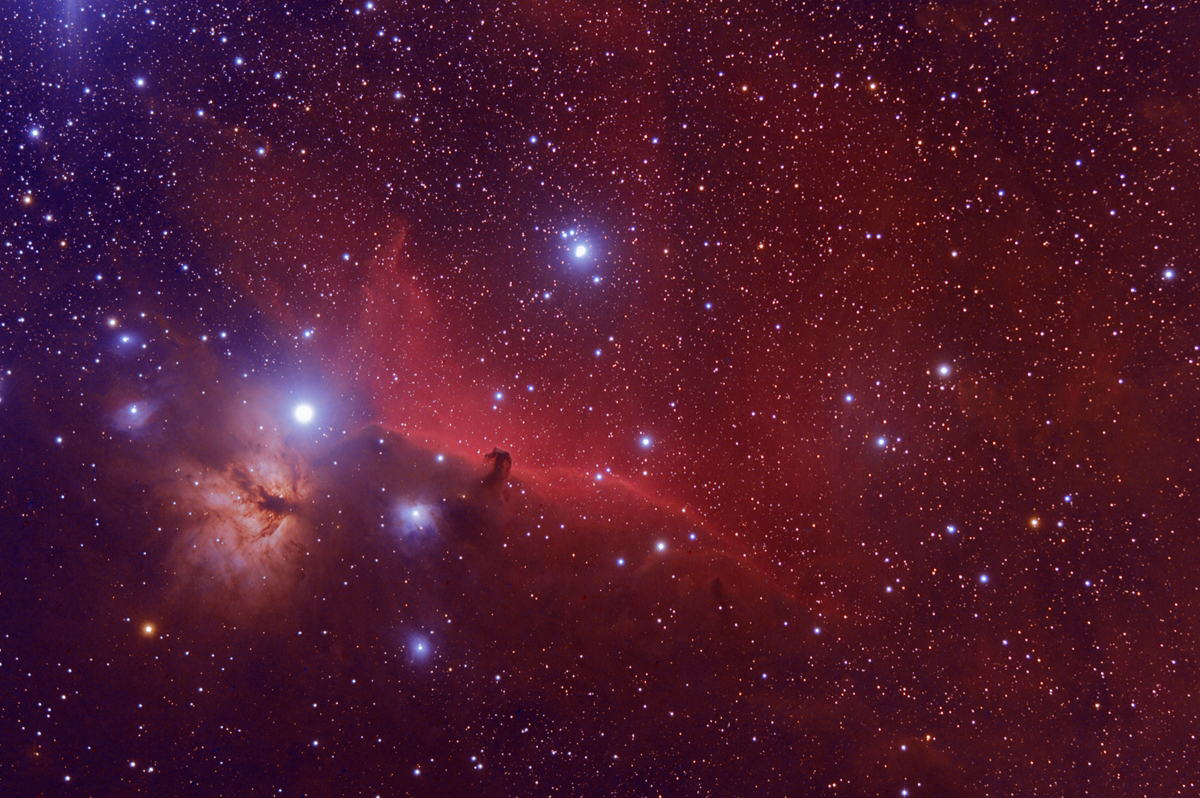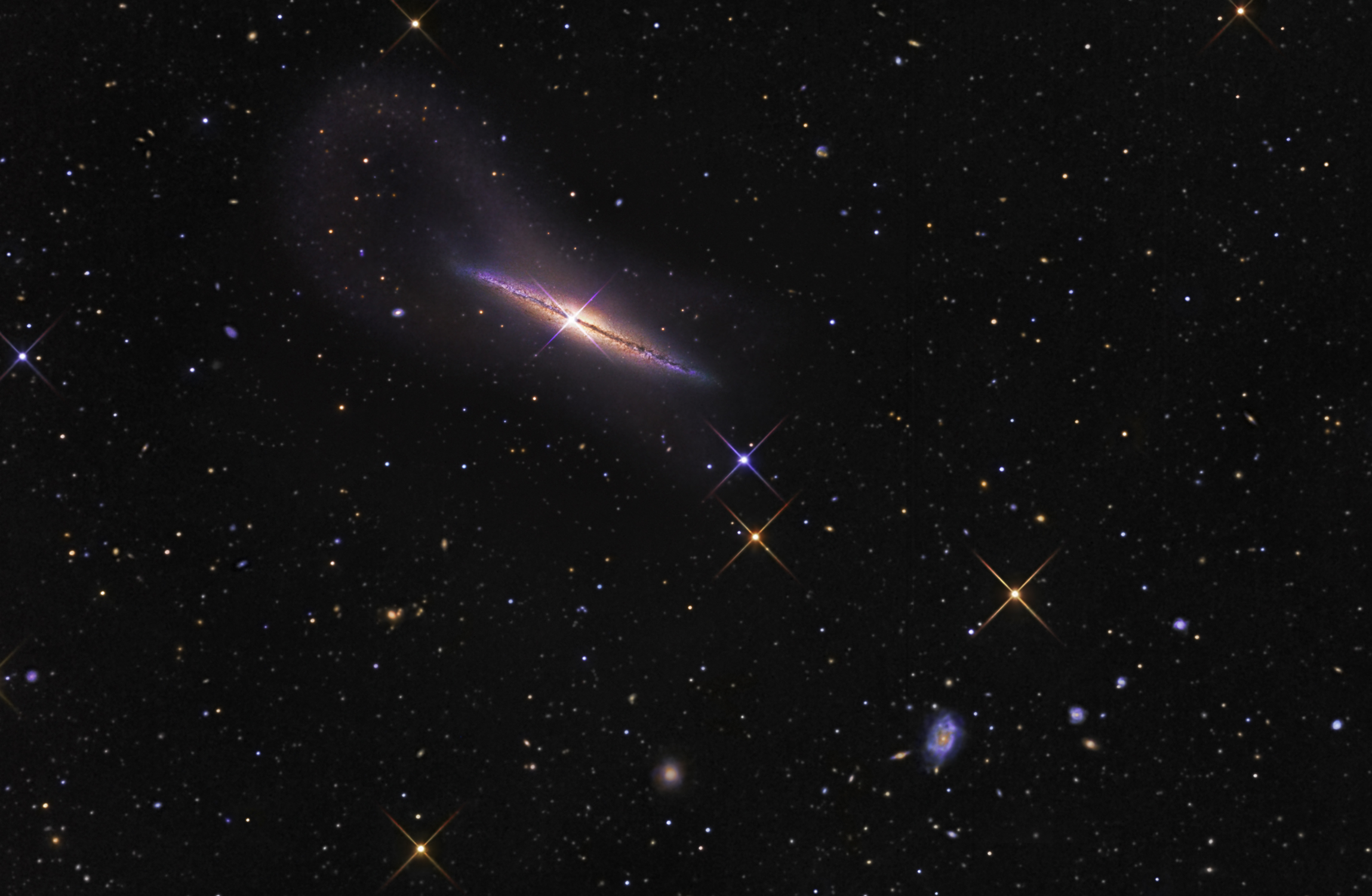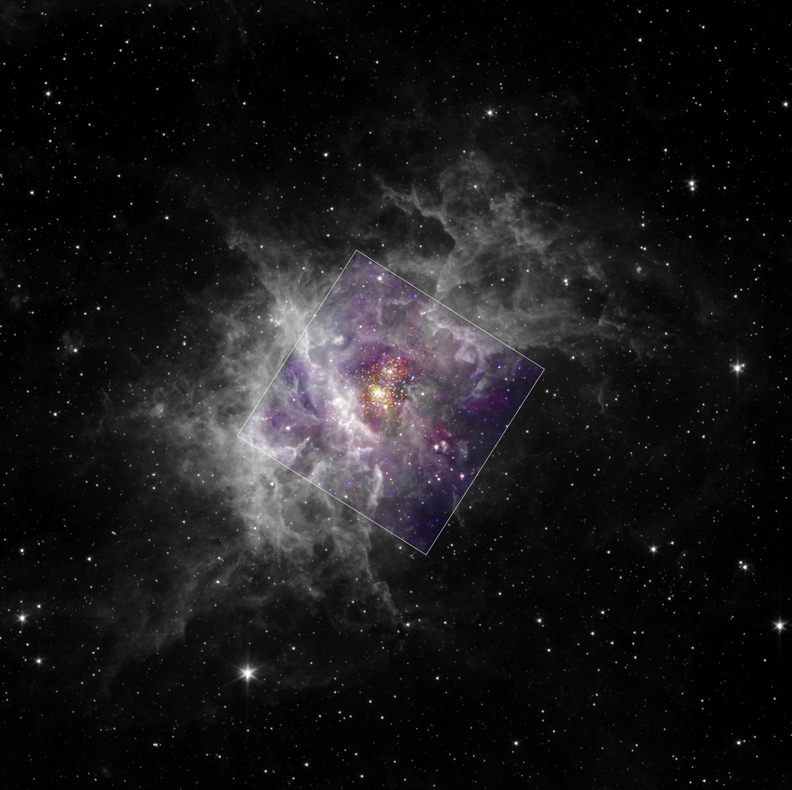Dictionary of Scientific Biography, Volume 5
http://books.google.com/books?hl=en&lr=&id=iGYAAAAAMAAJ&oi=fnd&pg=PA12&dq=camille+flammarion+c-flammarion&ots=Na9Z2Q7fRg&sig=PyJ5E6ZFdehrel265VZDY3exg4U
http://books.google.com/books?hl=en&lr=&id=fDgLAAAAYAAJ&oi=fnd&pg=PR19&dq=camille+flammarion+c-flammarion&ots=E1Oani_jHn&sig=QjGoOwhnLpOD5FRCXoRa90wVi7A#PPR7,M1
http://www.jstor.org/view/00368075/ap003834/00a00170/0?currentResult=00368075%2bap003834%2b00a00170%2b0%2c03&searchUrl=http%3A%2F%2Fwww.jstor.org%2Fsearch%2FBasicResults%3Fhp%3D25%26si%3D1%26gw%3Djtx%26jtxsi%3D1%26jcpsi%3D1%26artsi%3D1%26Query%3DCamille%2BFlammarion%253A%2BAstronomy%26wc%3Don
Friday, February 29, 2008
3.8 Apod Entry

The entry for the week of February 27, 2008 is titled, The Eagle Nebula in Hydrogen, Oxygen, and Sulfur. This is one of the most photogenic nebula's which was first captured with stunning details by the Hubble Space Telescope. It is well known for the formation of stars that can be clearly viewed in the background of this image. The color that is perceived in the Eagle Nebula results from the the different gases that are emitted, such as hydrogen, oxygen, and sulfur. The bright blue stars in the dark pillars give scientists excellent knowledge into star formation as they have been continually forming in M16 for the past five million years.
3.7 Apod Entry

The photo for the week of February 21, 2008 is of Orion's Horsehead Nebula. The Horsehead Nebula is one of the most well-known nebulas in our nighttime sky. Orion's belt is located just left of the so called horse head where the most luminous star in the Orion constellation exists. The horse head can be seen so clearly because of how it has the red emission nebula positioned behind its opaque cloud of dust. The shape that appears to be the head of a horse happened by coincidence from the internal and external forces that helped in the formation of its appearance.
Visual Magnitude Estimates Exercise
Name-Magnitude
--------------------
Aurigae-3.5
Eridani-4.1
Orionis-2.1
Tauri-3.1
Orionis-1.9
Orionis-2
Geminorum-3.1
Geminorum-3.6
Canis Majorum-4.2
Canis Majorum-2
Geminorum (Castor)-1.3
--------------------
Aurigae-3.5
Eridani-4.1
Orionis-2.1
Tauri-3.1
Orionis-1.9
Orionis-2
Geminorum-3.1
Geminorum-3.6
Canis Majorum-4.2
Canis Majorum-2
Geminorum (Castor)-1.3
3.6 Apod Entry

The photo for the week of February 10, 2008 is of Abell 2218: A Galaxy Cluster Lens. This image was captured by the Hubble Space Telescope viewing the cluster Abell 2218. The gravity in this cluster bends and focuses light from the surrounding galaxies that are located directly behind it. The cluster is located some 3 billion light-years in the in constellation known as Draco. The cluster is still quite young, distorting the galaxies and stars into long faint arcs.
Thursday, February 28, 2008
Nebula Sites
http://www.space.com/nebulas/
http://hubblesite.org/newscenter/archive/releases/nebula/
http://www.enchantedlearning.com/subjects/astronomy/stars/nebulae.shtml
http://hubblesite.org/gallery/album/nebula_collection/
http://www.noao.edu/jacoby/pn_gallery.html
http://nssdc.gsfc.nasa.gov/photo_gallery/photogallery-astro-nebula.html
http://www.nasa.gov/worldbook/nebula_worldbook.html
http://astro.nineplanets.org/twn/top.html
http://www.noao.edu/image_gallery/emission_nebulae.html
http://chandra.harvard.edu/photo/2002/0052/movies.html
http://www.sciencedaily.com/news/space_time/nebulae/
http://hubblesite.org/newscenter/archive/releases/nebula/
http://www.enchantedlearning.com/subjects/astronomy/stars/nebulae.shtml
http://hubblesite.org/gallery/album/nebula_collection/
http://www.noao.edu/jacoby/pn_gallery.html
http://nssdc.gsfc.nasa.gov/photo_gallery/photogallery-astro-nebula.html
http://www.nasa.gov/worldbook/nebula_worldbook.html
http://astro.nineplanets.org/twn/top.html
http://www.noao.edu/image_gallery/emission_nebulae.html
http://chandra.harvard.edu/photo/2002/0052/movies.html
http://www.sciencedaily.com/news/space_time/nebulae/
Thursday, February 7, 2008
3.5 Apod Entry

The photo for the week of February 7, 2008 is titled NGC 4013 and the Tidal Stream. This so called isolated universe, NGC 4013, is located 50m light-years in the circumpolar constellation of Ursa Minor. Previously unknown, a dust loop around NGC 4013 has just been discovered. This universe was previously classified as flat with a central star bulging from it. The loop has a diameter of 160 thousand light-years. It appears that smaller stars are being gratitationally pulled toward this universe.
Friday, February 1, 2008
3.4 Apod Entry

The title of this photo is titled Young Star Cluster Westerlund 2 for the week of January 31. The Sptizer Space Telescope captured this brilliant image of Westerlund 2 using infrared cameras. The enormous dust cloud that encompasses W2 is given the name of RCW 49. The purple color being emitted from this cluster is actually false color coming from the star clusters. The Westerlund 2 cluster can be seen by looking in the direction of the constellation Centaurus. The distance to this cluster is calculated to be 20,000 light-years.
Subscribe to:
Posts (Atom)